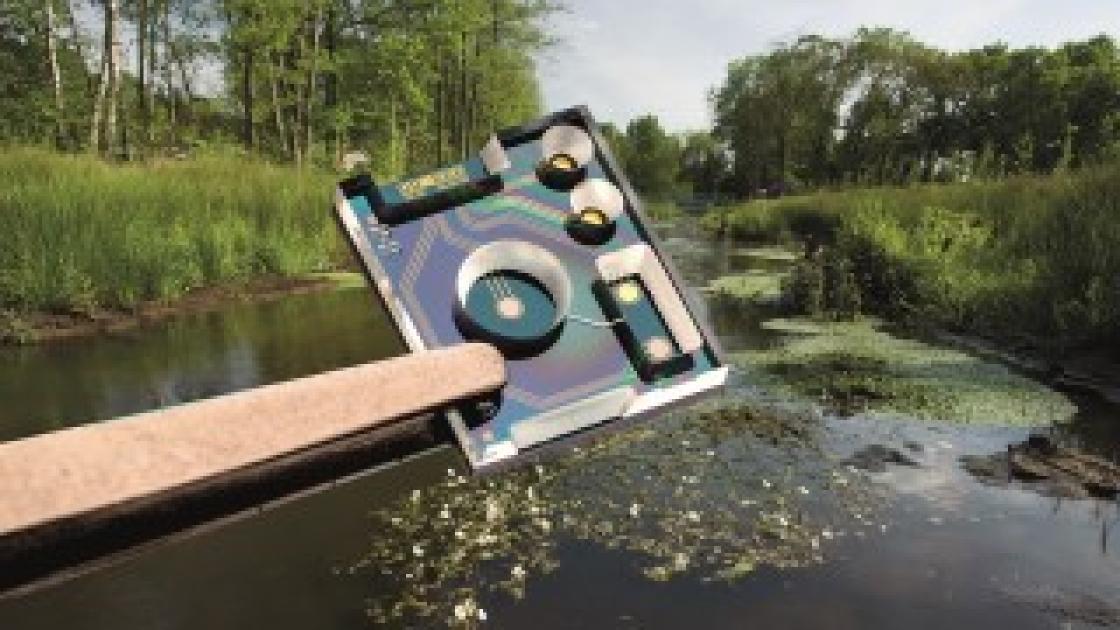Internet of Water
Thanks to a thousand innovative sensors, Internet of Things and advanced software, a unique intelligent water management system is being developed to permanently monitor and control water quality and quantity in real-time. The need for a system allowing the large-scale monitoring of water quality and quantity became apparent in recent years, with flooding and water shortages topics that are almost permanently on the minds of the public these days. The Internet of Water is therefore of great interest to various players in the Flemish water landscape, and will allow Aquafin to manage its sewer system more efficiently and better respond to heavy showers or periods of drought.
Internet of Water
Industry 4.0 is now being followed by Society 5.0, with Internet of Things applications in its wake. What do these buzz words mean for water management in Flanders and Aquafin in particular? Precisely what the project is trying to define, Internet of Water is a research project, counting on input from everyone within Aquafin.
2,500 sensors to measure water quality
The intention is that Aquafin, in collaboration with De Watergroep, Imec, VITO, VLAKWA and VMM, will raise integrated water management in Flanders to an even higher level. They are doing this by installing 2,500 sensors to continuously monitor water quality at various locations in Flanders, while combining this data with already existing information. All data is to be made available in the Cloud (online and openly accessible). Potential applications will mainly focus on the interaction between different water bodies and the water system. Consider, for example, mapping the impact of our discharges on a watercourse. Such a monitoring system will obviously facilitate cooperation between the various players in Flemish water management.
Imec has developed chip-based sensors for measuring conductivity, pH levels and certain ions. We are now (March 2022) ready to start the 3rd phase of the project where about 200 sensors will be installed, distributed among the different project partners. For Aquafin, this means that some 50 sensors will provide a lot of data to various pilot studies. We hope to obtain, for example, a more detailed (time-dependent) picture of the pollutant load of sewage overflow, better characterisation of WWTP influent and predictions on the quality of WWTP effluent.

